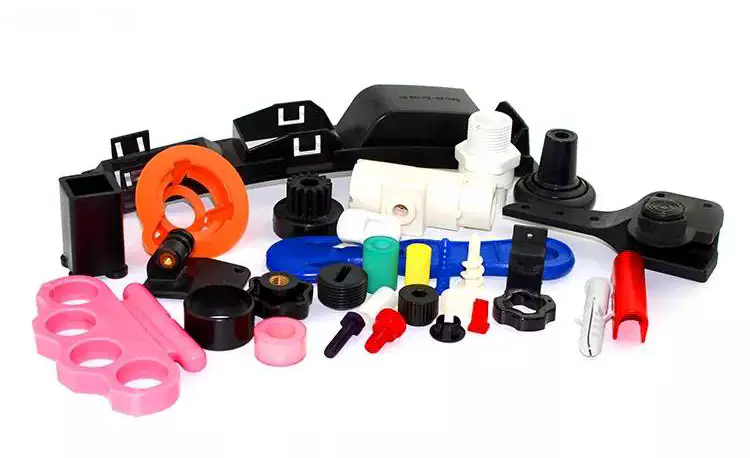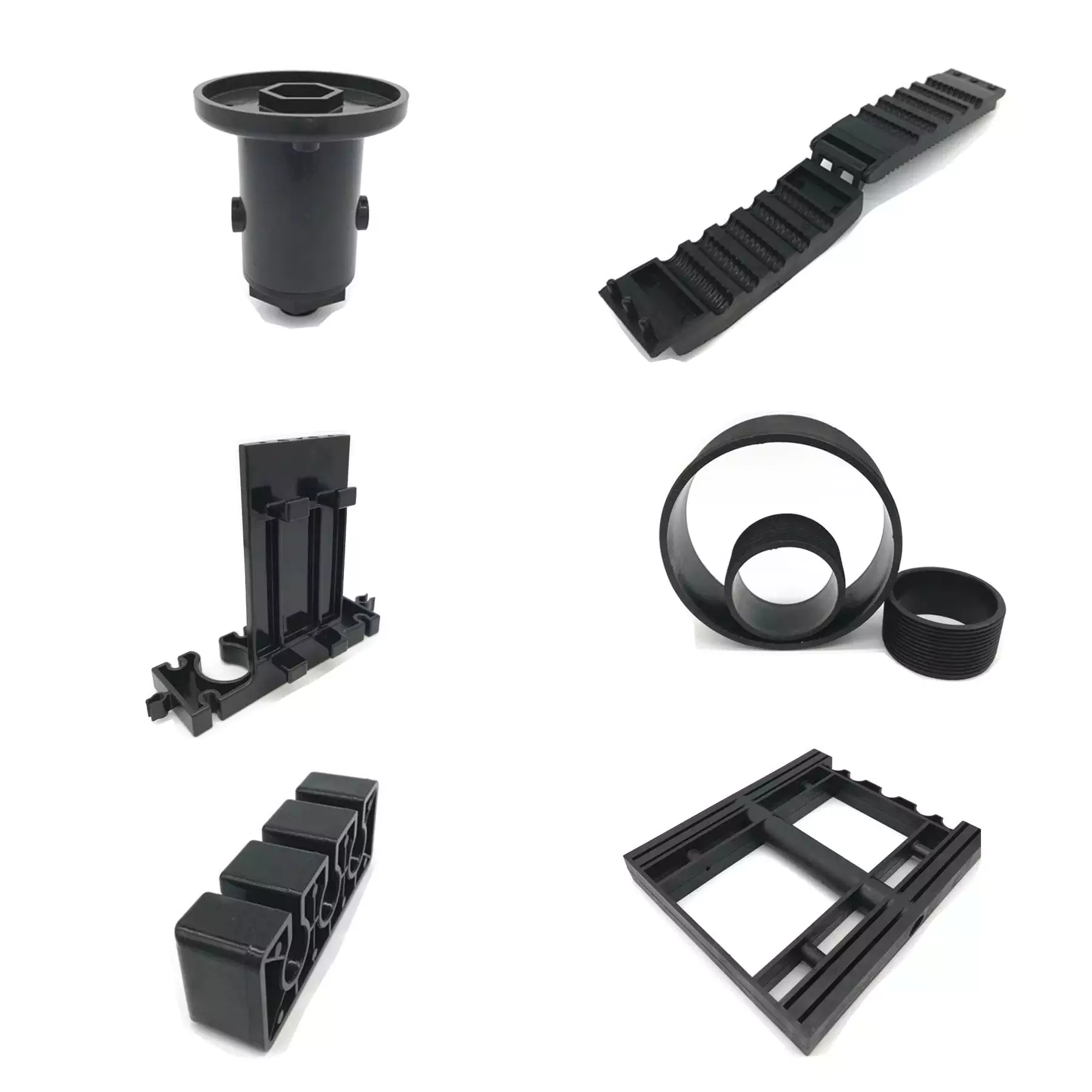Model Quantity: 01
Shaping Method: Plastic Injection Mould
Merchandise Materials: Plastic
Merchandise: Household Appliance
Solution Name: Plastic Injection Mould
Plastic content: Abs, PP, TPE, PVC, PE, Computer, and many others.
Mould content: LKM, ,S136H, P20, 718H, etc
Cavity: Muti Cavity
Runner: Hot Runner Cold Runner
Mold Life: 1 Photographs
Surface area remedy: Based on your need
Gate type: High polishing, Mirror floor, and many others.
Packaging Specifics: Wooden Carbon
Port: HangZhou
Plastic Injection Mould for PVC Resuscitator BagWe are manufacturer of manual resuscitator plastic/silicone parts and molds.We assist plastic injection molding, Mildew CZPT Injection CZPT Supplier Customized Stomach muscles Injection Molding Support Layout Mold Maker Little Plastic Components Injection compression molding, liquid silicone rubber injection molding. Packing & Shipping Business Profile HangZhou Greater Silicone Rubber Co., LTD, recognized in the year of 2018, is the manufacturing base of HangZhou Far better Silicone Import and Export Co., LTD (recognized in 2015), who is specialised in production precision silicone rubber elements, LSR (liquid silicone rubber) areas and plastic components. Better Silicone aims at delivering the complete a single-quit answers and provider during the complete production process, from solution layout investigation, mould style and mould creating, sample & prototype, mass generation phase and then ready-to-use merchandise (completed item). Our Merchandise can be commonly utilized in Digital Field, Tailored substantial precision totally impartial strokes Two-stage Ejectors E1870 Injection Plastic Mold Areas Health-related Area, Automobile areas & equipment areas discipline, etc. FAQ Q1. What is your phrases of packing?A: Usually, we pack our merchandise in neutral white packing containers and brown cartons. If you have lawfully registered patent, we can pack the merchandise in your branded packing containers following acquiring your authorization letters.Q2. What is your terms of payment?A: T/T thirty% as deposit, and 70% ahead of delivery. We are going to present you the photographs of the items and offers before you pay out the balance.Q3. What is your conditions of delivery?A: EXW, FOB, and many others.Q4. How about your shipping time?A: Usually, it will get 30 to 60 times after receiving your progress payment. The certain delivery time depends on the products and the quantity of your order.Q5. Can you make in accordance to the samples?A: Sure, we can generate by your samples or technical drawings. We can create the molds and fixtures.Q6. What is your sample plan?A: We can source the sample if we have all set elements in inventory, but the clients have to pay the sample price and the courier expense.Q7. Do you examination all your goods before shipping and delivery?A: Sure, we have one hundred% take a look at ahead of deliveryQ8: How do you make our organization extended-phrase and very good partnership?A:1. We keep excellent good quality and competitive price to make sure our customers advantage OEM Medical Digital Automobile Plastic Areas Abdominal muscles 3D Print Injection Mould CZPT Molded Molding Custom Plastic Inject Parts 2. We respect every single buyer as our buddy and we sincerely do company and make close friends with them, no make a difference the place they appear from.
Importance of Wall Thickness in Injection Molded Parts
When designing injection molded parts, it is important to keep the wall thickness uniform. Uneven wall thickness can lead to warping and sinking. To minimize these problems, injection molded parts should have a wall thickness of 40 to 60 percent of the adjacent wall. The thickness of the wall should also fit within the range recommended for the resin that is being used. If the wall thickness is too thick, it should be cored out. Unnecessary wall thickness alters the dimensions of the part, reduces its strength, and may require post-process machining.
Designing out sharp corners on injection molded parts
 Designing out sharp corners on injection molded components can be a challenging process. There are several factors to consider that impact how much corner radius you need to design out. A general rule is to use a radius that is about 0.5 times the thickness of the adjacent wall. This will prevent sharp corners from occurring on a part that is manufactured from injection molding.
Designing out sharp corners on injection molded components can be a challenging process. There are several factors to consider that impact how much corner radius you need to design out. A general rule is to use a radius that is about 0.5 times the thickness of the adjacent wall. This will prevent sharp corners from occurring on a part that is manufactured from injection molding.
Sharp corners can obstruct the flow of plastic melt into the mold and create flaws on parts. They can also cause stress concentration, which can compromise the strength of the part. To avoid this, sharp corners should be designed out. Adding radii to the corners is also an effective way to avoid sharp angles.
Another common problem is the presence of overhangs. Injection molding parts with overhangs tend to have side-action cores, which enter from the top or bottom. As a result, the cost of making these parts goes up quickly. Moreover, the process of solidification and cooling takes up more than half of the injection molding cycle. This makes it more cost-effective to design parts with minimal overhangs.
Undercuts on injection molded parts should be designed with a greater radius, preferably one or two times the part’s wall thickness. The inside radius of corners should be at least 0.5 times the wall thickness and the outside radius should be 1.5 times the wall thickness. This will help maintain a consistent wall thickness throughout the part. Avoiding undercuts is also important for easy ejection from the mold. If undercuts are present, they can cause a part to stick inside the mold after it has cooled.
Keeping wall thickness uniform is another important issue when designing plastic parts. Inconsistent wall thickness will increase the chance of warping and other defects.
Adding inserts to injection molded parts
Adding inserts to injection molded parts can be a cost-effective way to enhance the functionality of your products. Inserts are usually manufactured from a wide range of materials, including stainless steel, brass, aluminum, bronze, copper, Monel, nickel/nickel alloy, and more. Selecting the right material for your parts depends on the application. Choosing the correct material can help prevent defects and keep production cycles short. The insert material should be durable and resist deformation during the injection molding process. It must also be thin enough to provide the desired grip and have a proper mold depth.
The benefits of adding inserts to injection molded parts include the ability to design parts with unique shapes. These parts can be aesthetically pleasing, while still remaining durable and resistant to wear and tear. In addition, insert molding allows products to have a good external finish. In addition to being cost-effective, insert molding is considered a more efficient manufacturing method than other conventional methods.
Adding inserts to injection molded parts is an excellent way to enhance the strength and performance of your products. There are many different types of inserts, including threaded nuts, bushings, pins, and blades. Some types are even available with knurled outer surfaces that help them adhere to plastic.
In addition to being cost-effective, insert molding is environmentally friendly and compatible with many types of materials. Typical inserts are made of metal or plastic. Depending on the application, stiffening inserts may also be made from wood.
Importance of uniform wall thickness
 The uniformity of wall thickness is an essential factor in the plastic injection molding process. It not only provides the best processing results, but also ensures that the molded part is consistently balanced. This uniformity is especially important for plastics, since they are poor heat conductors. Moreover, if the wall thickness of an injection molded part varies, air will trap and the part will exhibit a poorly balanced filling pattern.
The uniformity of wall thickness is an essential factor in the plastic injection molding process. It not only provides the best processing results, but also ensures that the molded part is consistently balanced. This uniformity is especially important for plastics, since they are poor heat conductors. Moreover, if the wall thickness of an injection molded part varies, air will trap and the part will exhibit a poorly balanced filling pattern.
Uniform wall thickness also helps reduce shrinkage. Different materials have different shrinkage rates. For instance, thick parts take longer time to cool than thin ones. As the part’s thickness increases, cooling time doubles. This relationship is due to the one-dimensional heat conduction equation, which shows that heat flows from the center of the part toward the cooling channel. However, this relationship does not hold for all types of plastics.
The general rule for maintaining uniform wall thickness in injection molded parts is that walls should be no thicker than 3mm. In some cases, thicker walls can be used, but they will significantly increase production time and detract from the part’s aesthetic appeal and functionality. Furthermore, the thickness of adjacent walls should be no thicker than 40-60% of each other.
The uniformity of wall thickness is critical to the overall quality and efficiency of the injection molding process. An uneven wall thickness can cause twisting, warping, cracking, and even collapse. A uniform wall thickness also reduces residual stress and shrinkage. Injection molded parts are more stable when the wall thickness is uniform.
An injection molded part with thick walls can be problematic, especially when the molded parts are shaped like a cube. A non-uniform wall thickness can result in problems and costly retooling. Fortunately, there are solutions to this problem. The first step is to understand the problem areas and take action.
Using 3D printing to fabricate molds
 The use of 3D printed molds allows manufacturers to manufacture a wide range of injection molded parts. However, 3D-printed molds are not as strong as those made from metallic materials. This means that they do not withstand high temperatures, which can degrade them. As such, they are not suitable for projects that require smooth finishing. In order to reduce this risk, 3D-printed molds can be treated with ceramic coatings.
The use of 3D printed molds allows manufacturers to manufacture a wide range of injection molded parts. However, 3D-printed molds are not as strong as those made from metallic materials. This means that they do not withstand high temperatures, which can degrade them. As such, they are not suitable for projects that require smooth finishing. In order to reduce this risk, 3D-printed molds can be treated with ceramic coatings.
Using 3D printing to fabricate injection molds can help reduce costs and lead times, allowing manufacturers to bring their products to market faster. This process also has the advantage of being highly efficient, as molds made using 3D printing can be designed to last for many years.
The first step in fabricating an injection mold is to design a design. This design can be complex or simple, depending on the part. The design of the mold can be intricate. A simple example of a mold would be a red cup, with an interior and exterior. The interior portion would have a large cone of material protruding from the other side.
Injection molding is an effective way to produce thousands of parts. However, many engineering companies do not have access to expensive 3D printers. To solve this problem, companies should consider using outside suppliers. In addition to speeding up the manufacturing process, 3D printing can reduce the cost of sample parts.
Plastic injection molding still remains the most popular method for high volume production. However, this process requires a large up-front capital investment and takes a while to adapt. Its advantages include the ability to use multiple molds at once, minimal material wastage, and precision dosing. With an increasing number of materials available, 3D printing can be a smart option for companies looking to manufacture a variety of plastic parts.

editor by czh2023-02-16